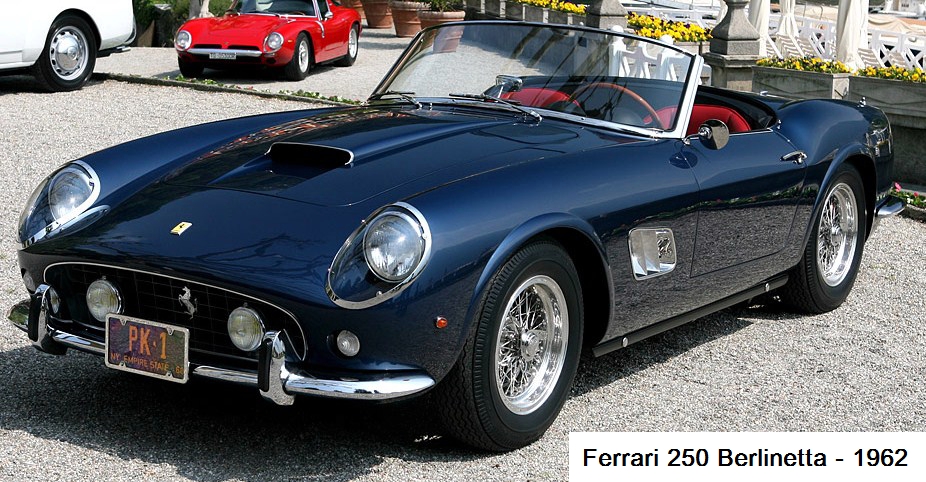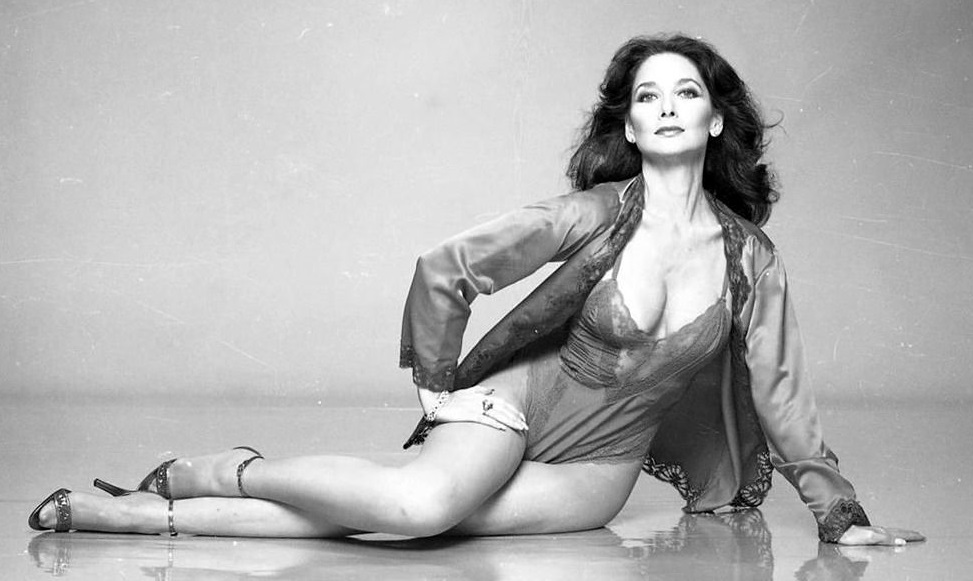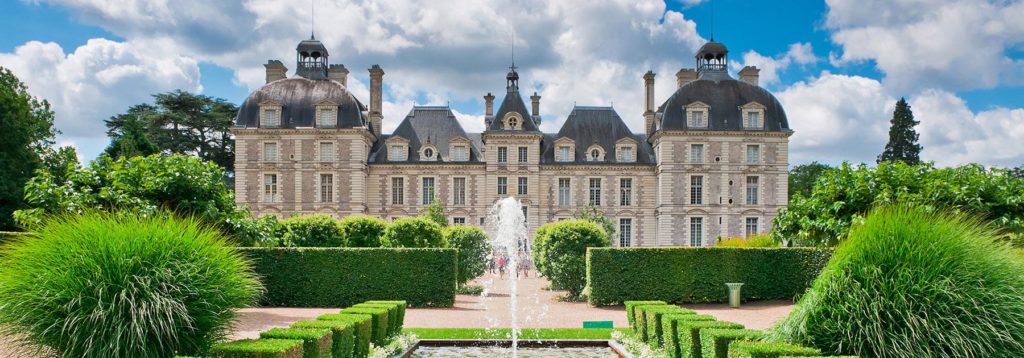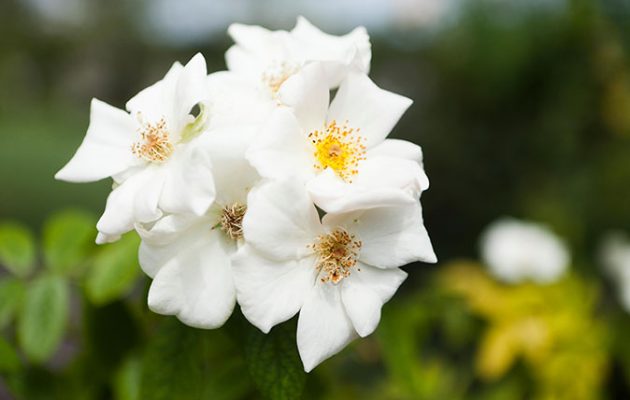I always enjoy reading Theodore Dalrymple’s articles, and this one at Taki’s Mag is no exception because as he takes on the topic of modern architects and their pulchriphobia (fear of beauty), he drops little diamonds like this into the discussion:
Taste is very revelatory of character, and though we live in an age in which we delight to talk of ourselves, in fact we do so while carefully protecting ourselves from true self-revelation or true self-examination.
Longtime Readers will know that while this may be true of a lot of people, there’s a distinct lack of that nonsense in this little corner of the Internet — most especially when it comes to discussions of architecture, or guns, or cars, or women, or practically anything which can be beautiful or made beautifully.
Pulchriphilia is more the order of the day, here. How could it be otherwise when I marvel at things like this:

or this:

or this:

or (wrenching myself unwillingly away from further contemplation of Suzanne Pleshette) this:

…or, to return to the article’s original topic, buildings such as this:

Going along with Dalrymple’s quote above, I am quite aware that my classification of all the above as “beautiful” may reveal aspects of my character, and to be honest, I don’t care a fig. I am what I am, it is what it is, and each of the above is a perfect example of the eponymous poem by John Keats:
A THING OF BEAUTY is a joy forever:
Its loveliness increases; it will never
Pass into nothingness; but still will keep
A bower quiet for us, and a sleep
Full of sweet dreams, and health, and quiet breathing.
Therefore, on every morrow, are we wreathing
A flowery band to bind us to the earth,
Spite of despondence, of the inhuman dearth
Of noble natures, of the gloomy days,
Of all the unhealthy and o’er-darkened ways
Made for our searching: yes, in spite of all,
Some shape of beauty moves away the pall
From our dark spirits. Such the sun, the moon,
Trees old and young, sprouting a shady boon
For simple sheep; and such are daffodils
With the green world they live in; and clear rills
That for themselves a cooling covert make
’Gainst the hot season; the mid-forest brake,
Rich with a sprinkling of fair musk-rose blooms:
And such too is the grandeur of the dooms
We have imagined for the mighty dead;
All lovely tales that we have heard or read:
An endless fountain of immortal drink,
Pouring unto us from the heaven’s brink.
Having pulchriphobia means denying the spirit that endless fountain, and we are much the poorer for its loss. Here’s Keats’s musk-rose:

Pause a while and smell it, while listening to this.

I don’t have an issue with what I consider beautiful being an indication of my character as being a problem. Agree with me or don’t. Don’t care.
And I don’t find the differences between what I consider beautiful and what other people do as an issue either, until they start lecturing me and trying to force me to love what they consider beautiful.
For instance, I agree with most of Kim’s examples, although I’m meh about the building. Not a monstrosity as practiced in collectivist societies (Nationalist and Internationalist), but not something that trips my trigger. I’ve never seen a building or garden as nice to look at as a mountain range or forest or prairie landscape.
What I like about Kim is that he might try to educate me, or he might just tell me to “sod off philistine”, but he won’t try to force me to “appreciate” his version of beauty. (However I have had nothing to disagree with him on during his weekly trip through the alphabet).
I’m an architect, and designer of all things, and in order to design a building the owners adore I must necessarily delve into things from a psychological perspective in order to get the owner to “tell” me what he is expecting. Most people are not forthright when they speak of themselves and they tend to go along with whatever they perceive is popular at the time. My goal is to create timeless buildings that the owners and others will enjoy now and forever. These things, the buildings, will last far longer than I so the notion people will down talk me through my works after I am gone is unsettling to say the least. I say unsettling because of all the buildings I have designed over the last 40 years, and still, probably less than 20 percent of them are projects I am truly proud of and are representative of my skill and talent. 80% were driven by superficial things like budget and concern of what others would think.
It’s true, we live in a society comprised of tissue paper skinned people with almost no core and 30 second attention spans. Truly, the biggest handicap for me are the clients themselves, they can’t get out of their own way. I agree with all of Kim’s examples, especially the last one, for not only have I considered Suzanne gorgeous all of my life but her and I share birthdays too, though she was considerably older than me. Yes, I turned 65 a couple weeks ago.
The finest of the nice examples shown above as example of good taste is Suzanne Pleshette and perhaps her finest feature, along with her smile, was her incredible sexy voice. As for the rest of Kim’s selection I have no problem at all, nice choices.
The cars you feature here came from an era when there was no such thing as a wind tunnel, and like Aviation engineers, depended on the principle that if it looked right, it was right. As for the guns, black walnut and blued steel create an aesthetic as classic as the beautiful women you feature.
I have avoided Taki’s Mag for a long time because it seemed that the comments to the articles were about five to one racist to pertinent comments. They seem to be either behind the subscription wall or more likely, they’ve been chased away by the subscription wall. This quote from the Dalrymple essay you cite sounds like it could have come from G.K. Chesterton: “But indifference to beauty is not the attitude of most of humanity, at least once its very basic needs are met, either in the present or in the past.
A lot of buildings now are about as beautiful and also as utilitarian as a pile of plywood scraps arranged to keep the water out. Design to cost is no better for architects than it is for aerospace engineers. For the one, it sacrifices beauty and the details that add to beauty, and also the features that enhance quality of life. For the other, it sacrifices safety, ease of maintenance or durability, or some combination of all three. Not that the opposite was any better; Frank Lloyd Wright had a reputation for seducing the wives of his clients so he had a bigger budget, and his constructions, while lovely to look at, were notorious for being uncomfortable to live in, not the least because he seemed to scrimp on the roofs which always leaked.
One of the reasons I settled near Eugene Oregon is the SchoolOfMusic at the Eww.
I participate in dozens of recitals annually.
In one week, I might experience opera, jazz, dance, and classical trios or larger groupings.
Masterclasses with a visiting professional musician are also very high on my ‘needs’ list.
Your link to the Chopin performance was magnificent… although my tastes run more to the Romantics.
YouTube has Brahms 118-2, the intermezzo, performed by Romanian genius Radu Lupu.
Headphones required.
Also ‘headphones required’ is the adagio attributed to Albinoni performed by live by the Copernicus Chamber orchestra in 2011.
*****
Next door to Eugene, we are blessed to have a Cabela’s in Springfield.
Their walk-in vault showcases museum-quality firearms… and we are encouraged to shoulder as many as we need.
In a few weeks, I’ll be 68-years old.
Quite a few of these precious masterpieces are older than me!
Not a Ferrari “Berlinetta”!
It’s a “California Spyder”, and if it’s a ’62 it’s a SWB!